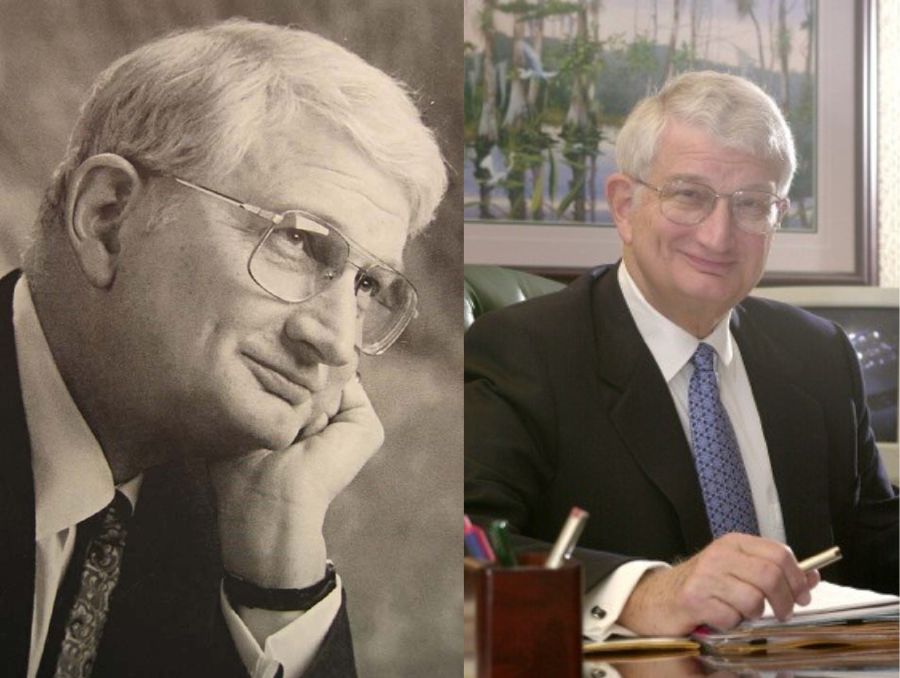The satellite graduate program in behavioral analysis offered by the Department of Psychology continues to expand after nearly 14 years of establishment.
The graduate program at the University of Nevada, Reno is just one out of five in the nation, according to program coordinator and professor Linda Hayes. And it is the only graduate program in applied behavioral analysis that brings the education to the students where they work through online courses and personal interaction.
The program first started in 1995 as a result of Hayes’ interaction with a human service agency, an organization that assists people with disabilities or other disadvantages to live fulfilling and functional lives.
Through her work with agencies across the country, Hayes realized there was a need for a graduate program in behavioral analysis, specifically in the treatment of autism and other developmental disabilities. From their first program in Illinois at Trinity Services to their latest group of graduates in Los Angeles, Calif., at the Center for Autism and Related Disorders, the program has trained and graduated about 175 students in behavioral analytics.
While undergraduate and graduate courses in behavioral analysis are available on campuses, there are no courses that are accessible and tailored to staff members of these agencies where these individuals live and work.
“The demand for behavioral analytic services especially in the area of young children with autism is absolutely enormous,” Hayes said. “But there are very very few training programs. The demand is much greater than there is a supply of trainers.”
Generally, the staff members of human service agencies need graduate training in behavioral analytics to assist their clients, but are unable to take time off or leave their families behind to attend classes on campus. The satellite program brings the classes to them where and when they are available.
“We’re trying to take this training where it’s needed, taking it to places where there are no graduate programs in behavioral analysis,” Hayes said. “The students … are situated there, their homes are there, they have families, and they’re fully employed.”
The program is composed of online work and in person instruction at the worksite. Though many programs offer online interaction, the University program is one of the only ones that send instructors out to the worksites to teach and supervise the students in their projects.
“We have tried to maintain a face-to-face component in the course in our programs,” Hayes said. “They like to have somebody there teaching them, and develop those kinds of relationships with instructors. The face-to-face component is also obviously relevant for the practical training as well.”
Ryan Bergstrom, a 29-year-old case consultant with Center for Autism and Related Disorders and a program graduate, says the accessibility of the program allowed him to learn and progress in his work simultaneously.
“We had practicum courses where we could get to apply everything we were learning in the classroom to clients we were working with in the field,” Bergstrom said. “I think that was one of the biggest advantages of the satellite program. We had the population to practice and apply everything to the real world immediately.”
According to Hayes, behavioral analytics has been proven to be effective with young children with autism during a short period of time and at a certain age.
“If detected early enough and these children and their families are brought into very intensive services for a significant period of time when they’re very young, they can be recovered and be mainstreamed back into regular schools,” Hayes said. “That is really what is driving the intense need for behavior analytic services. “
The demand for therapists specializing in behavioral analysis has grown beyond the nation’s borders. Hayes is currently working with a human service agency in Jordan and hoping to expand the satellite program to universities and human service agencies abroad.
“These problems are everywhere in the world,” Hayes said. “But there is just no training available in much of Asia, the Middle East or Africa … in most of that part of the world there isn’t anything at all.”










